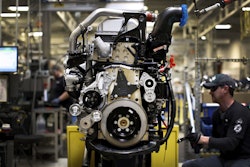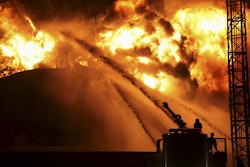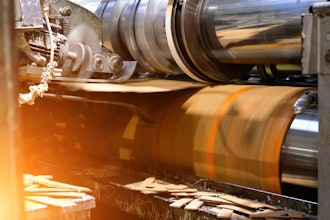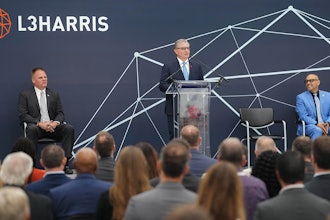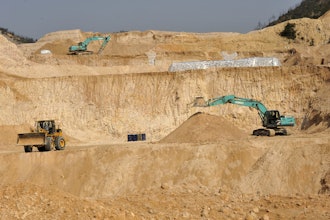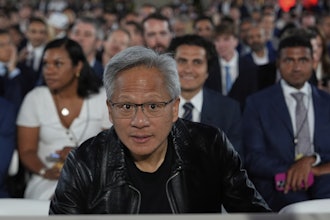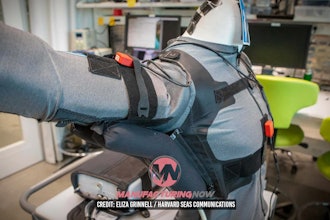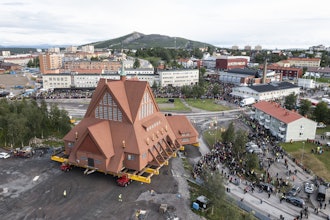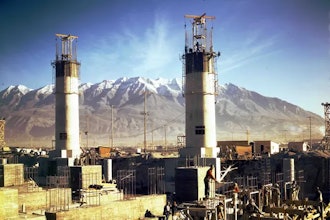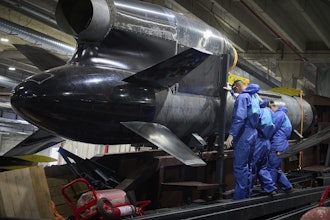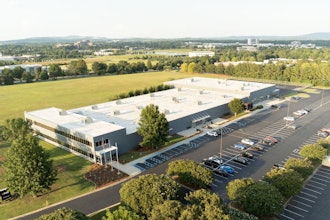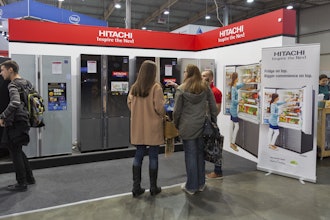After a strong economic year in 2014, many are predicting steady economic growth and hiring in 2015. Randstad U.S., one of the world’s largest staffing organizations, released its study on the hottest jobs in demand for 2015.
I had the chance to discuss the hot jobs in manufacturing, how aspiring workers can best fill these positions, how employers can best attract potential workers, and other trends in manufacturing training and hiring with Traci Fiatte, President of Randstad Staffing.
Bridget Bergin (BB): What are some of the hottest jobs in manufacturing and manufacturing-related industries in 2015?
Traci Fiatte (TF): The hottest jobs in manufacturing are largely skilled or highly skilled positions, such as forklift operators, quality control technicians, and production supervisors.
BB: What kinds of skills are necessary for these positions, and how can applicants ensure they are qualified for the job?
TF: The majority of these positions are skilled or highly skilled. A skilled position would usually require an associate’s degree, or 12-24 months of specialized training. For a highly skilled position, such as production supervisor, an applicant would want to have a Bachelor of Science degree in industrial engineering.
BB: How can employers attract skilled workers to fill these positions?
TF: Employees are now on the offensive and employers are on the defensive. As the demand for skilled workers is increasing and the supply is decreasing, employers are learning that they have to attract talent with benefits beyond healthcare, including competitive wages, employee engagement programs, and a strong safety culture. For some manufacturing positions, employees are looking for flexible working environments, and even some work-from-home options.
BB: What are some major trends in manufacturing right now that are affecting hiring, and what does this suggest about the current climate for manufacturing in the U.S.?
TF: Manufacturing is closely linked to the nation’s GDP and Employment Cost Index, so it can be used as an indicator of the overall economy. In 2014, manufacturing employment rose 24 million jobs, and manufacturing had been steadily declining in the 20 years before.
Manufacturing grew 1.4% in September of 2014, and 2014’s strength has set the stage for an even stronger 2015. The projections for 2015’s economy show a 3.1% growth. This number hasn’t been above 3% since 2008. When you layer this with the strength of the dollar and the low cost of energy in the U.S., you see a very strong picture of American manufacturing, hiring, and the overall economy in 2015. Some people are even using the term “manufacturing Renaissance.”
BB: Do you have any thoughts on President Obama’s recent announcement of his plan for free community college and what that could mean for manufacturing hiring?
TF: I haven’t done any studies on this, so I can only answer from my own experience. We are seeing a skills gap in manufacturing, where fewer students are entering into vocational schools. I see free community college as only an incentive to close that gap. That being said, manufacturers need to pay their skilled employees to retain or attract new people to the industry. If workers start to see salaries increase, more and more people will be attracted to pursuing training in the manufacturing sector and ultimately securing a job in the sector.
For more insight on trends in manufacturing from Traci Fiatte, President of Staffing at Randstad, check out “Looking At Trends In Manufacturing, Logistics: Q&A With Traci Fiatte.”




